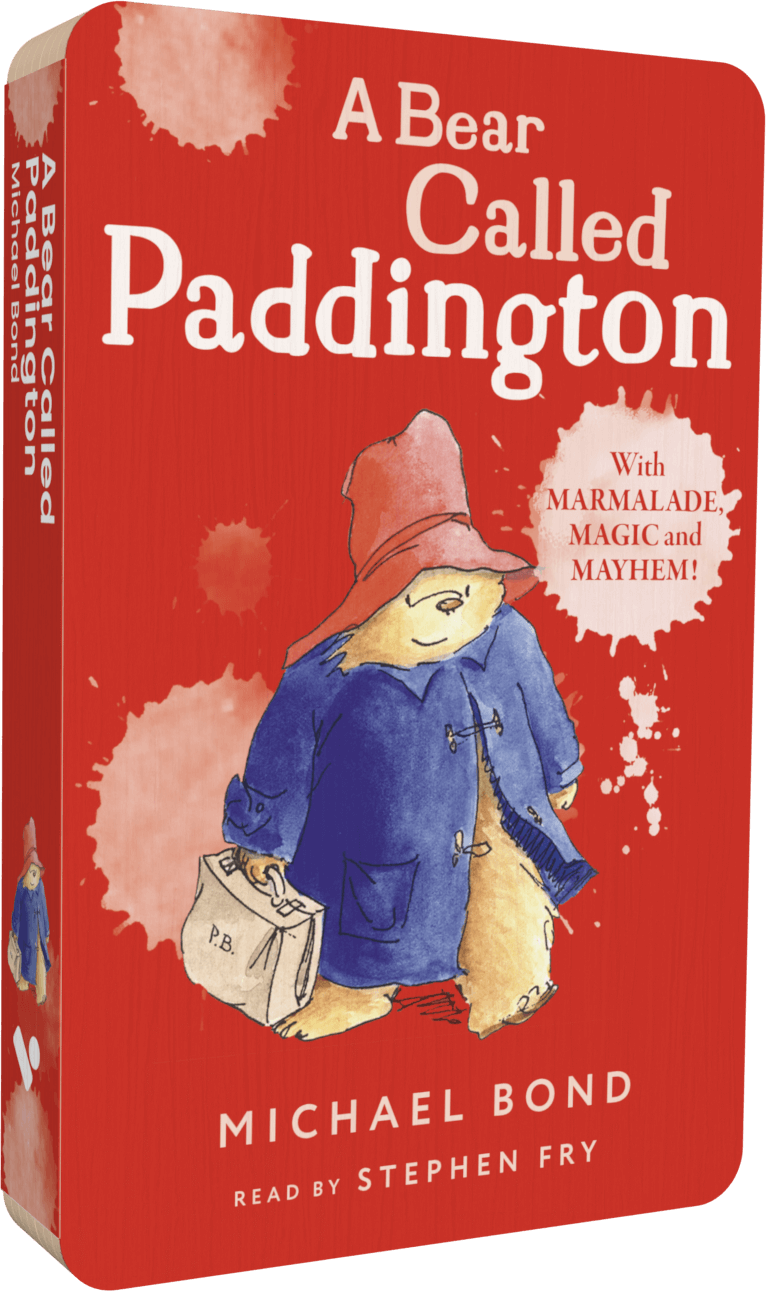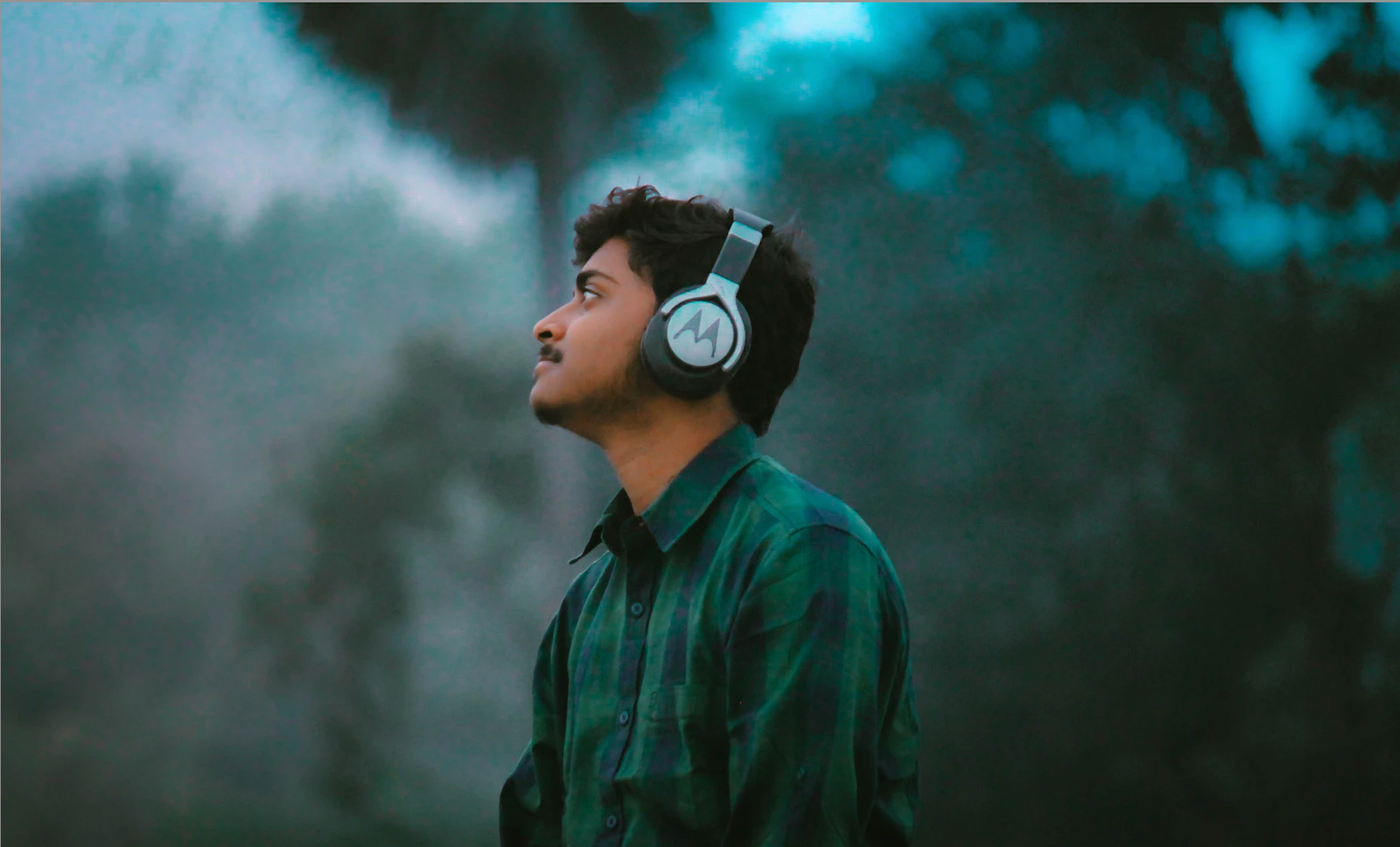As audiobooks continue to grow in popularity, it’s unsurprising that the industry’s budget has grown in tandem. This has led to a surge in original audio content, with audiobooks no longer confined to adaptation, but considered an art form in their own right.
The history of audio
If we look back at the history of audio content, there’s a clear pivot that has occurred in recent decades. In the early to mid twentieth century, radio drama was a popular and widely available form of entertainment. Radio producers in the 1930s and 1940s recognised that adapting a book or a stage play for radio did not always work, and that there was a need for original drama written specifically for audio. So much so, that in 1930 the BBC were producing twice as many plays as London’s West End, and by the mid-1940s this had increased even further to over 400 plays a year.
However, in the second half of the twentieth-century, the ‘talking book’ genre overtook the radio play in popularity. With the advent of TV, creative focus shifted away from original audio content and towards the silver screen. Instead, audio adapted from existing books gained increasing popularity, a process you can read more about here. It’s no secret that we love audiobooks here at Voxblock (that’s probably pretty obvious by now). But it’s also clear that this transition to prioritise adaptation of existing literature, caused a whole creative landscape of original audio to be left behind.

Current audio adaptation trends
But recent years have shown a resurgence of interest in audio as a dramatic form. Industry professionals are increasingly taking on ambitious adaptation projects, and adapting books which aren’t an obvious choice for audio. Charlie Mackesy’s bestseller The Boy, the Mole, the Fox and the Horse, was adapted by Penguin Audio in 2020. Rather than being phased by the book’s highly illustrated nature, the team took a creative approach, adapting the text, using woodland sounds, and commissioning original music to create an immersive production that captured the spirit of the book, while creating a unique production.
Neil Gaiman’s The Sandman is another audio hit that would have been unimaginable a few years ago. Based on a graphic novel of the same name, the Audible original production features a cinematic score and an enormous ensemble cast of big-name actors. Highly praised as a new direction for audio drama, this blockbuster adaptation has more in common with a big-budget movie, than what we would usually expect from an audiobook.

Growth in original audio content
These increasingly creative blockbuster adaptations are a natural precursor to original content. Large scale audio producers such as Audible and W.F. Howes have established their own original imprints, which are working with big-name authors, playwrights and actors. The success of Jesse Eisenberg’s play When You Finish Saving the World, is a prime example of a growing appetite for content not based on an existing book, while Booker shortlisted Kate Grenville turned her talents to audio with Always Greener.
It’s clear from recent audiobook trends that consumer interests are pivoting back towards where it all began: original audio drama. While there will always be a place for adaptations of your favourite books, we’re hugely excited to see where this new trend can take the industry.





